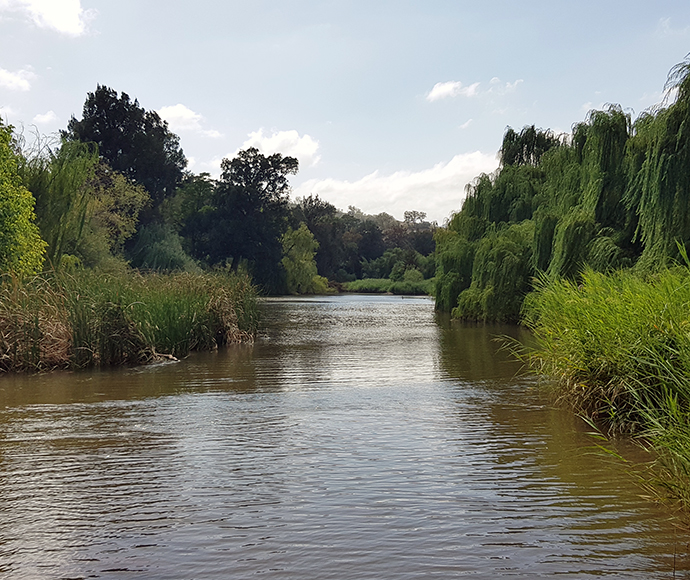Native Australian bass in the Hunter River will receive a helping hand on their annual downstream migration, with 10,000 megalitres of water for the environment set to be delivered to the Hunter River this week.

The release, which will begin on Friday 5 June and is anticipated to go for 21 days, will improve the overall health of the river system and help Australian bass to reach their spawning grounds in the downstream Hunter wetlands.
"Like many of our river systems in NSW, the Hunter River is currently experiencing dry and low flow conditions", said Department of Planning, Industry and Environment's (DPIE) Conservation Programs Director Derek Rutherford.
"These conditions, which have persisted since 2016, have reduced water quality in the river system and prevented native Australian bass from spawning in the lower reaches of the Hunter River.
"Australian bass play a vital role in maintaining the health of the Hunter River.
"Without adequate flows to facilitate spawning, the population of Australian bass will decline, bringing with it a host of negative flow on effects to the health of the river system, including an increase in pest species.
"In addition to assisting downstream migration of Australian bass, this planned release of the Environmental Water Allocation (EWA) will also have broader environmental benefits, supporting ecosystem resilience and overall riverine health.
"This week's release was planned in consultation with fisheries agencies, WaterNSW and the Hunter/Paterson Environmental Water Advisory Group, which includes community stakeholder groups with an interest in water," said Mr Rutherford.
This is the first time the EWA has been used in the Hunter Catchment since 2001.
In order to minimise the total volume of EWA required for this event, DPIE is aligning the release of 10,000 megalitres of water for the environment from Glenbawn Dam with AGL Macquarie's 10,000 megalitres water order for June 2020.
The State's independent water regulator, NRAR, will monitor compliance levels with water laws along the Hunter River during this release.
Director Regional Water Regulation (East) Gregory Abood said NRAR will work to ensure the release has a chance of achieving a positive outcome for Australian bass.
"NRAR will be using new technologies and satellite imagery to monitor water use along the way," he said. "NRAR compliance officers will inspect targeted properties based on the results of their intelligence streams," said Mr Abood.
"The onus is on water users to comply with the water laws and do their bit to allow this important flow to have its full effect. The technology we use now makes it quicker and easier to detect instances of non-compliance.
"NRAR will take appropriate action if we find instances of non-compliance. I strongly encourage water users to respect the flow and help build public confidence in the way water is regulated in NSW," said Mr Abood.
Pumping water for stock and domestic or town water supply purposes is allowed. All other water users are required to place an order with Water NSW before pumping. WaterNSW will inform water users about what to do through their Early Warning Network.
To make a confidential report on suspected water misuse, contact the NRAR Hotline on 1800 633 362 or email [email protected].






